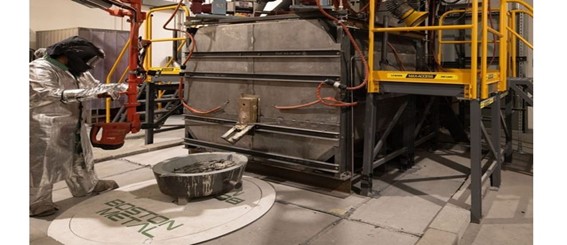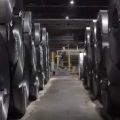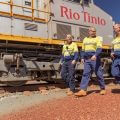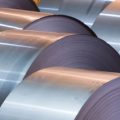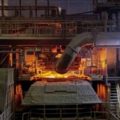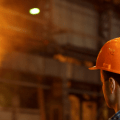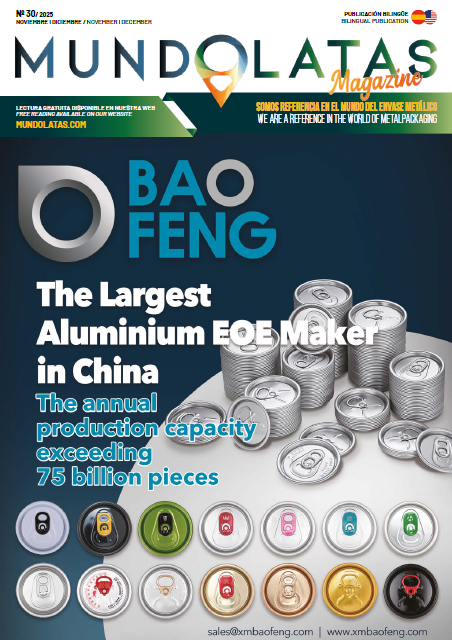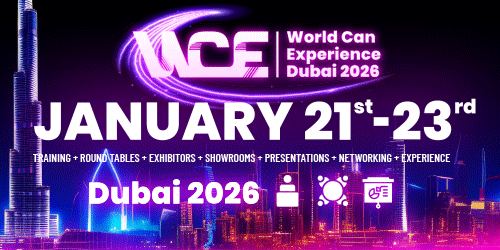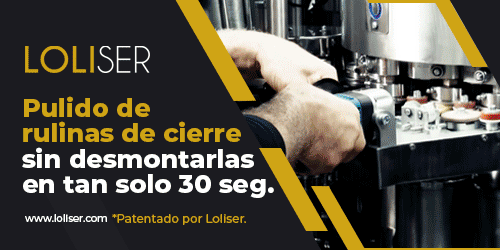As the race for decarbonization intensifies worldwide, new players are emerging who are betting on the environment as a new economic driver. The latest to sign up is American Boston Metal, which promises to deliver commercial quantities of green steel by 2025 without using hydrogen, coal, or even blast furnaces and with zero emissions.
The method, called MOE, employs molten oxide electrolysis that uses renewable electricity to convert iron ore into liquefied metal. The company claims it is the most efficient way to produce steel without carbon emissions and plans to produce a commercial quantity of green steel using this process in just three years.
Donald Sadoway of the Massachusetts Institute of Technology (MIT) has spent the better part of a decade adopting the technology, widely used in aluminum manufacturing, to make steel. He describes this method as highly efficient compared to others. “With molten oxide electrolysis we can start with iron ore and go straight to liquid metal in one step,” details Sadoway.
Molten oxide electrolysis converts iron ore into liquefied metal without using hydrogen or coking coal. “Once you have liquid iron, you connect directly to downstream operations, either smelting or rolling. In the hydrogen process, they start with iron oxide pellets and then make solid iron pellets, which are then melted in an electric arc furnace,” he adds.
The company is confident that the next two years will see more efficient use of green electricity and allow the green hydrogen being produced to be used in other applications that cannot be electrified. Precisely, Boston Metal raised $50 million in capital last year, attracting backers such as Bill Gates’ Breakthrough Energy Ventures fund and Australian resources giant BHP.
Green hydrogen has been hailed as the energy source and reagent to replace coking coal in steelmaking, which accounts for 8 percent of all CO2 emissions worldwide.

